This would be a great hot hatch road. The SP26 slinks with abandon through the Modenese hills on either side of the cute Ponte Samone bridge and has plentiful hairpins and few corners taken above second gear.
It feels like the perfect ribbon of asphalt for a wrung-out Alfasud or a fabulous Lancia Fulvia resplendent in spotlights - not a five-metre-long, two-tonne saloon car with a big-lunged biturbo V8.
That's exactly what the Maserati Ghibli 334 Ultima is, though, and today it's getting the frenzied retirement party it really deserves.
We sampled this car in a frozen ski resort at the close of 2023, but it was no place to wave arrivederci to eight-cylinder Masers. The Trident's V8 finale needs a proper stage and the verdant vistas of an Italian summer are surely it. However tight the road suddenly feels.
Maserati's final production V8 is a twin-turbocharged 3.8-litre that's essentially a cross-plane-cranked, wet-sumped and shorter-stroked version of Ferrari's 154' engine, which continues service in the hybrid SF90.

Sensing the weight of the occasion, Maserati has allowed it to shine brightly with a crackle finish rather than duck behind a dull plastic cover.
The engine is familiar, with the 334 Ultima's key changes over the stock Ghibli Trofeo made elsewhere. Its 207mph top speed (or 334kph, hence the name) is 5mph up on the base car despite no extra power, responsibility lying with its new Pirelli P Zero tyre compound, a blink-and-you'll-miss-it carbon fibre spoiler and roughly 20kg of dieting - including lighter 2lin wheels and some absent ADAS safety equipment.
Y'know, just to really ramp up the old-school vibe. The tyres are new to us today - that snowy drive took place on a set of winters - and they ought to unlock a bit more of this car's potential.

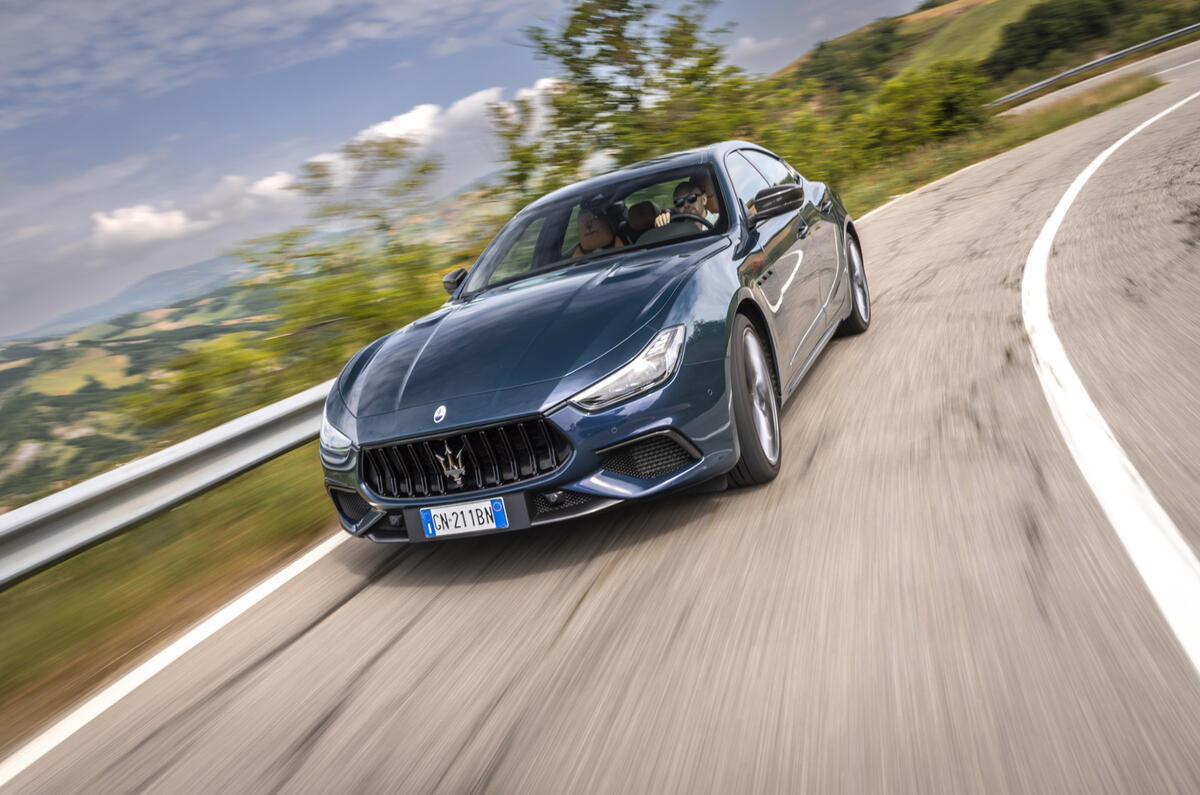
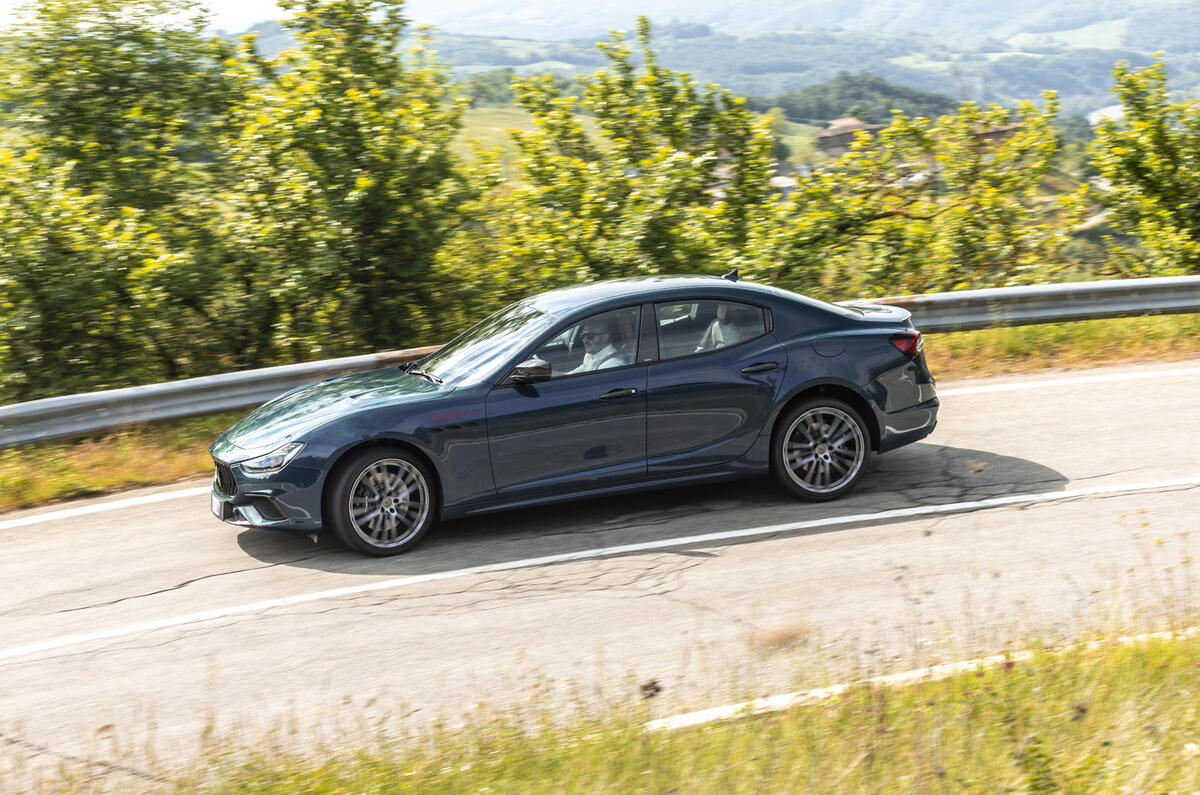
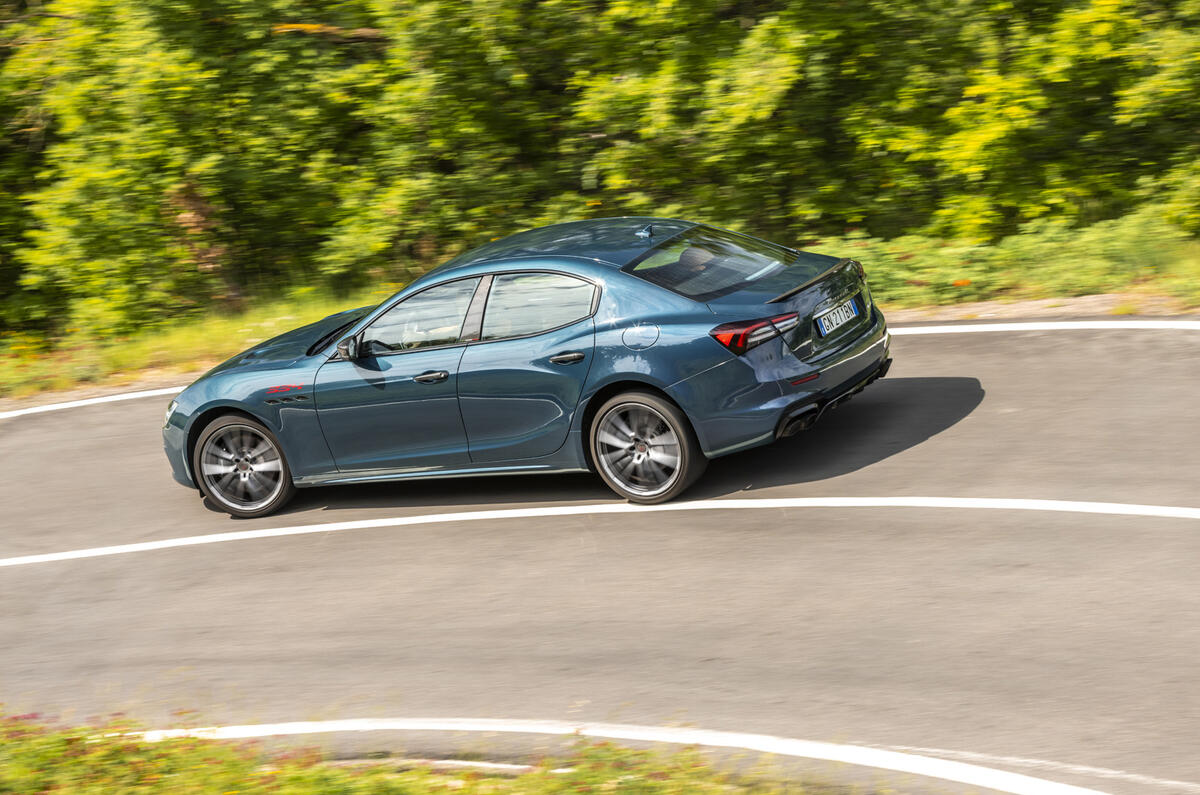
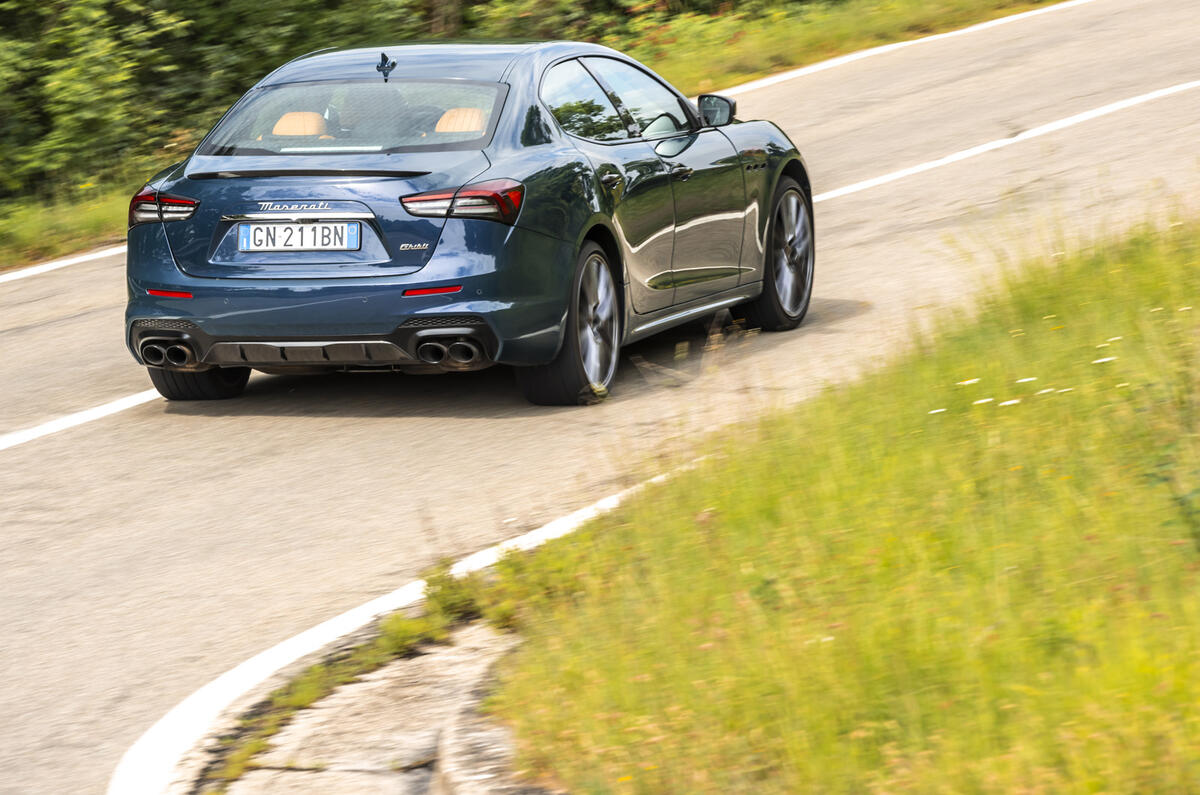
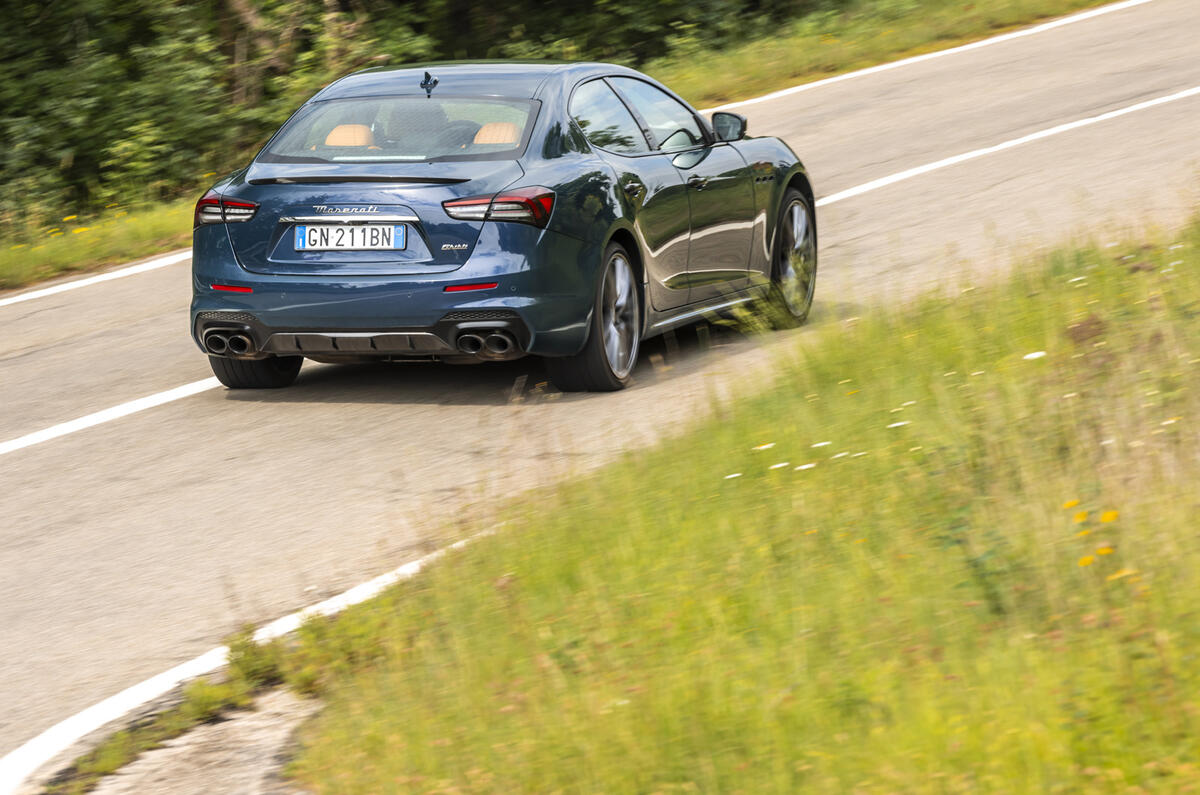
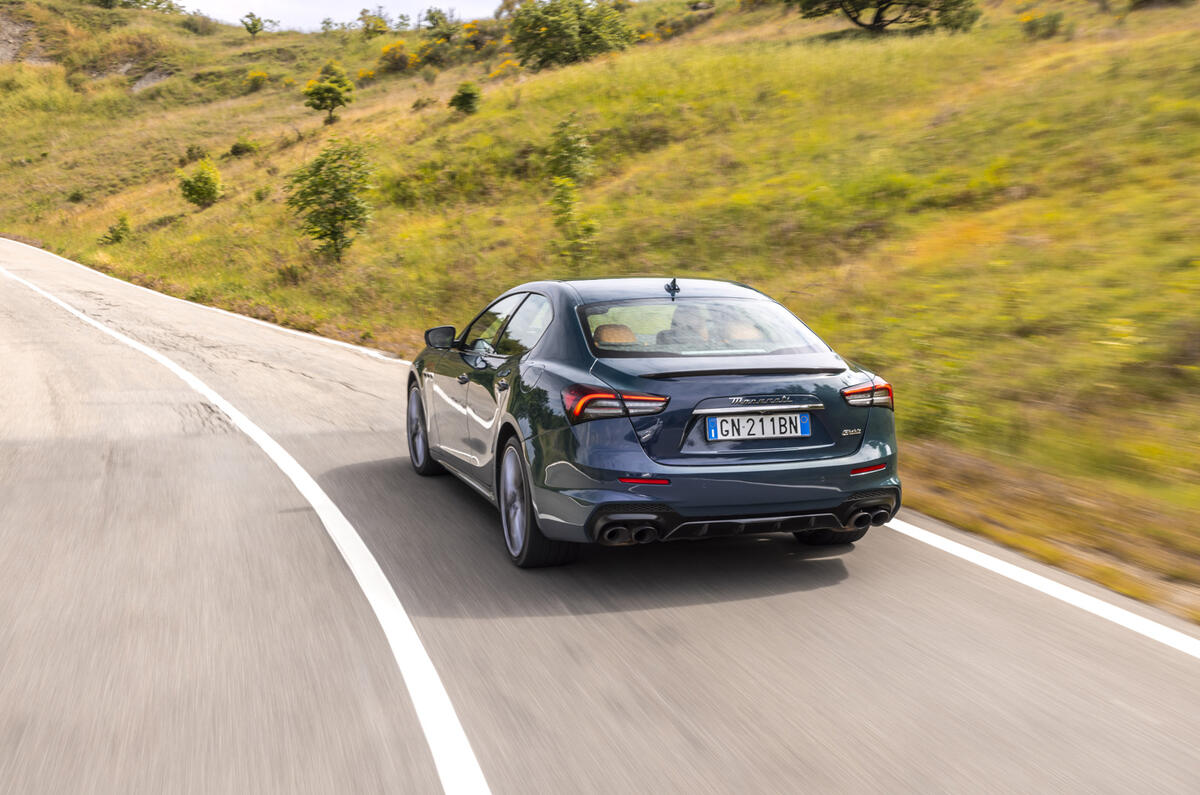
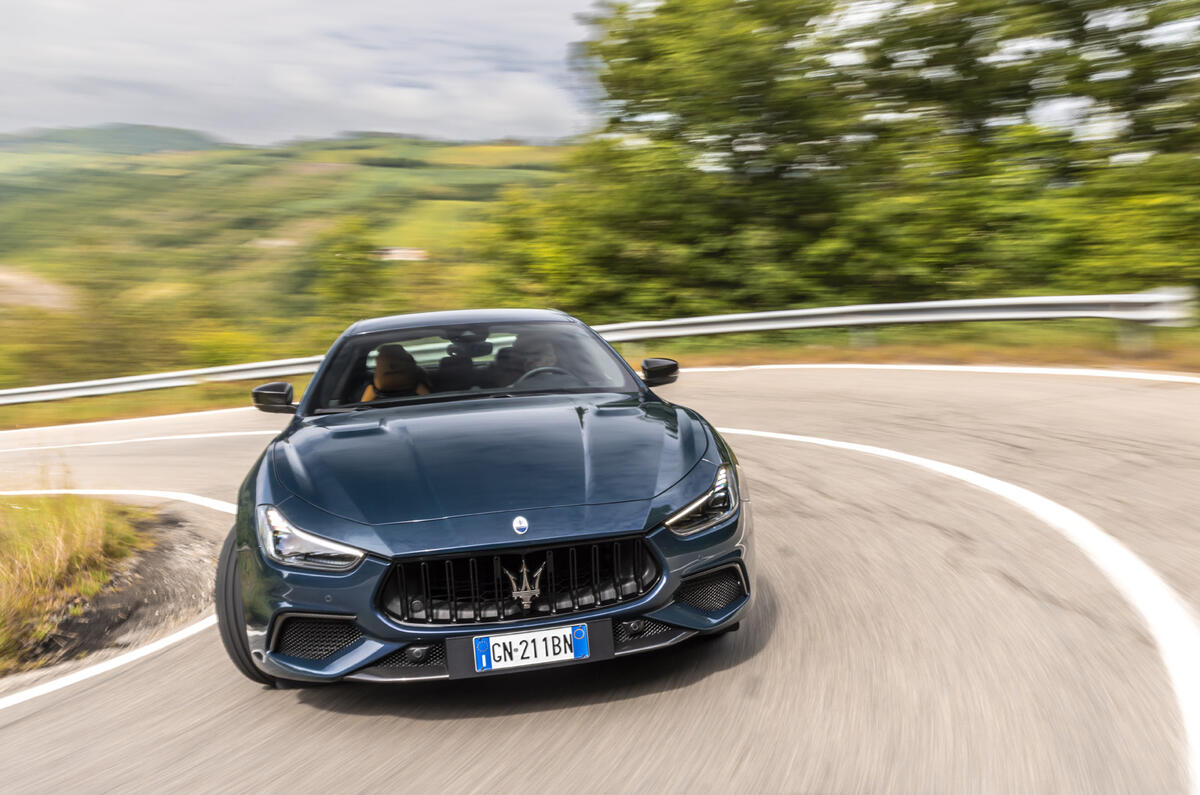
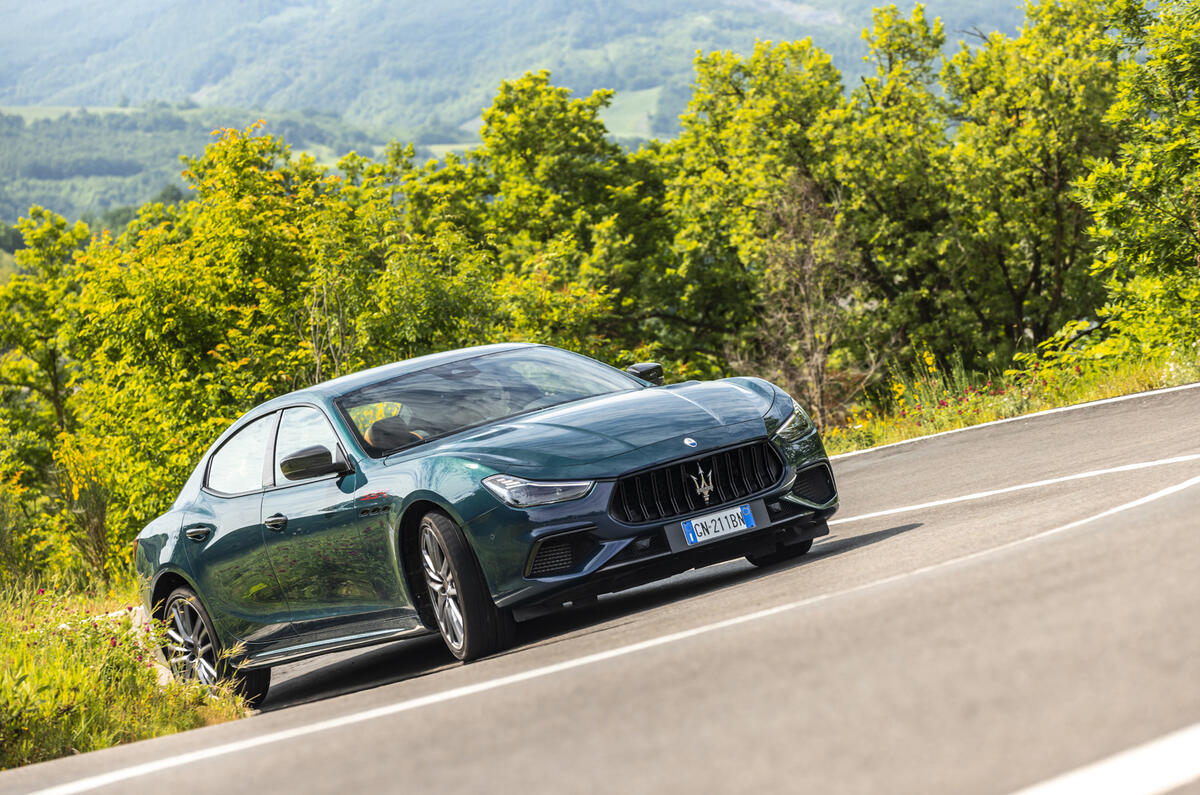

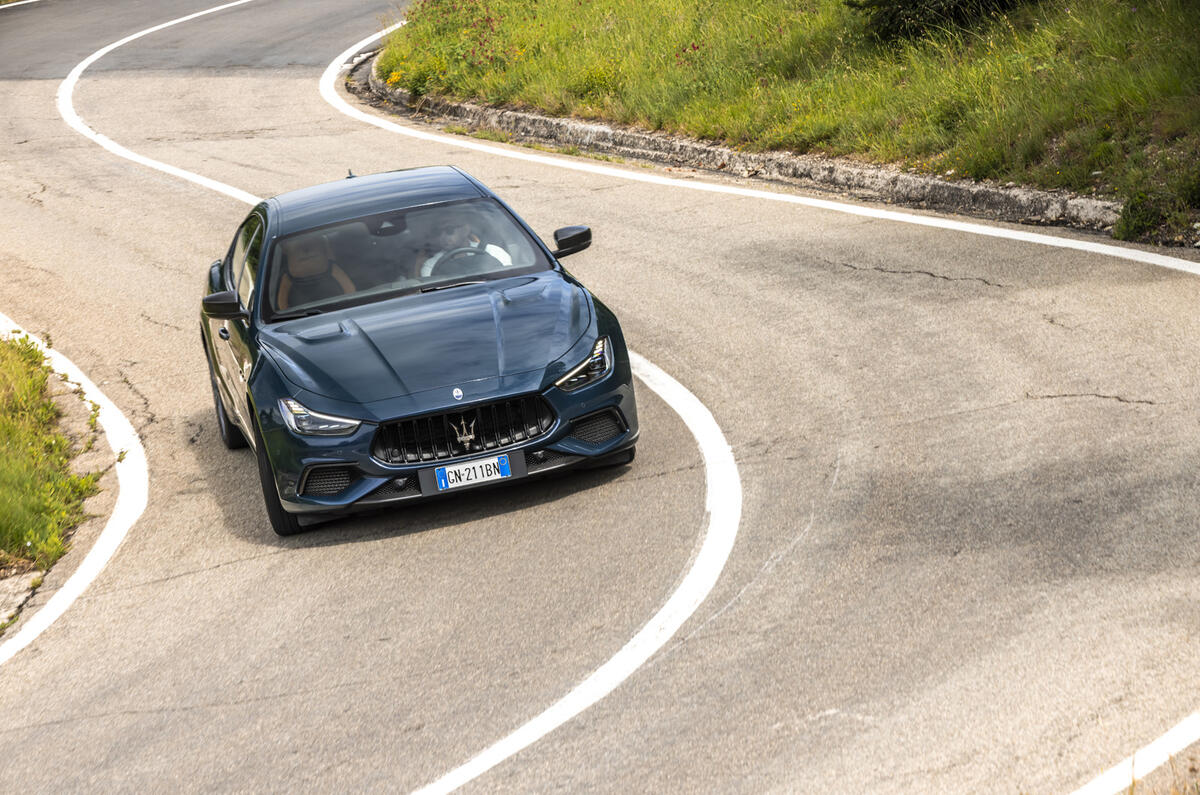
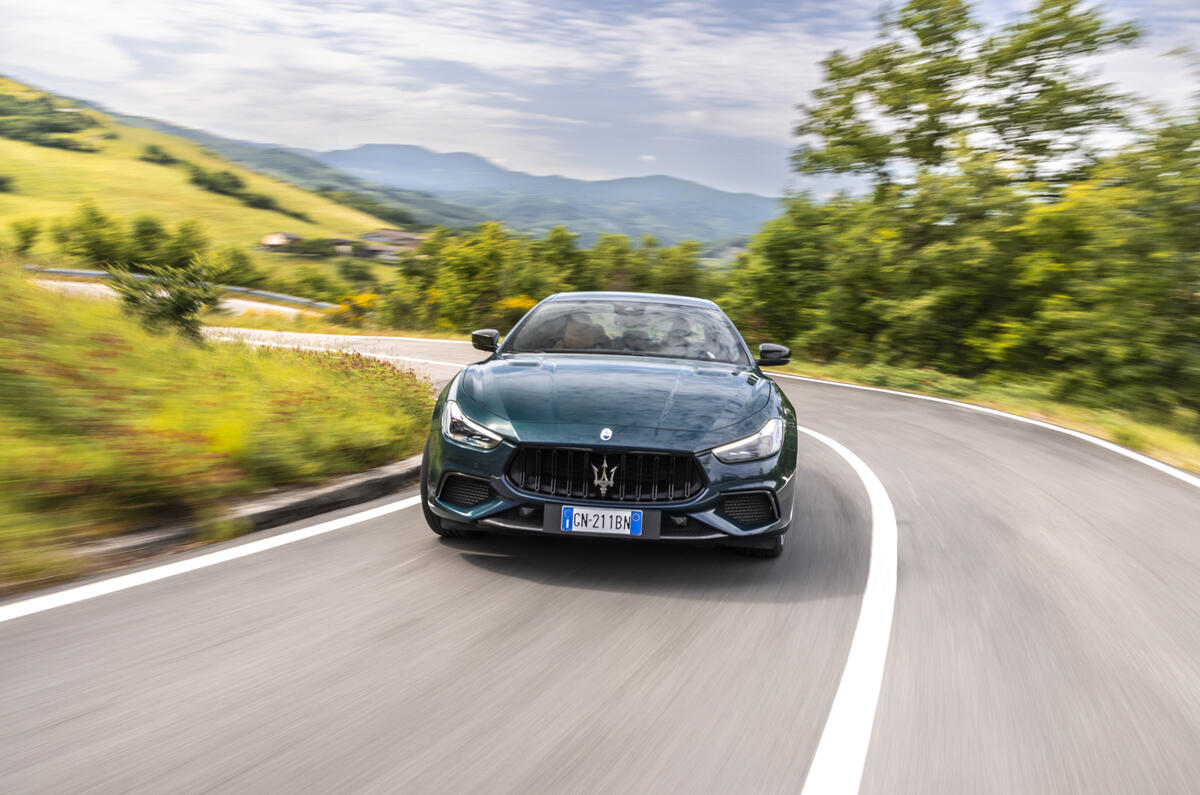
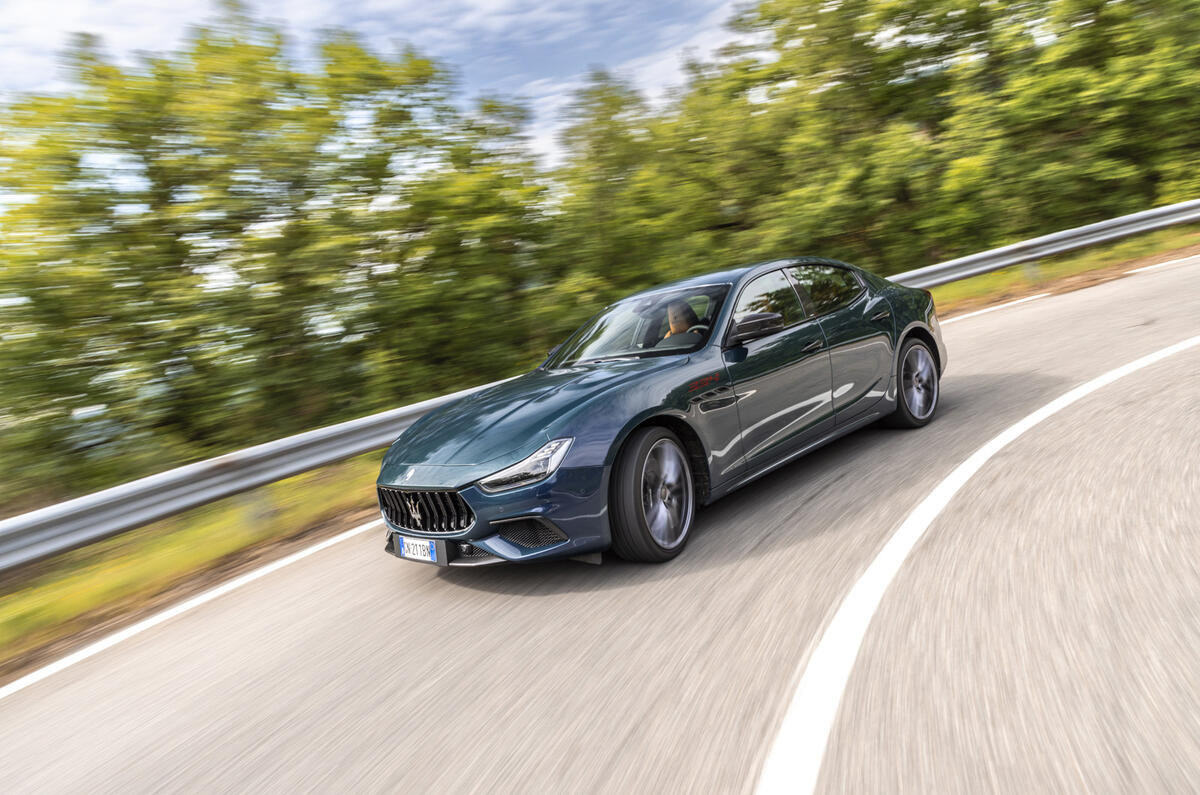
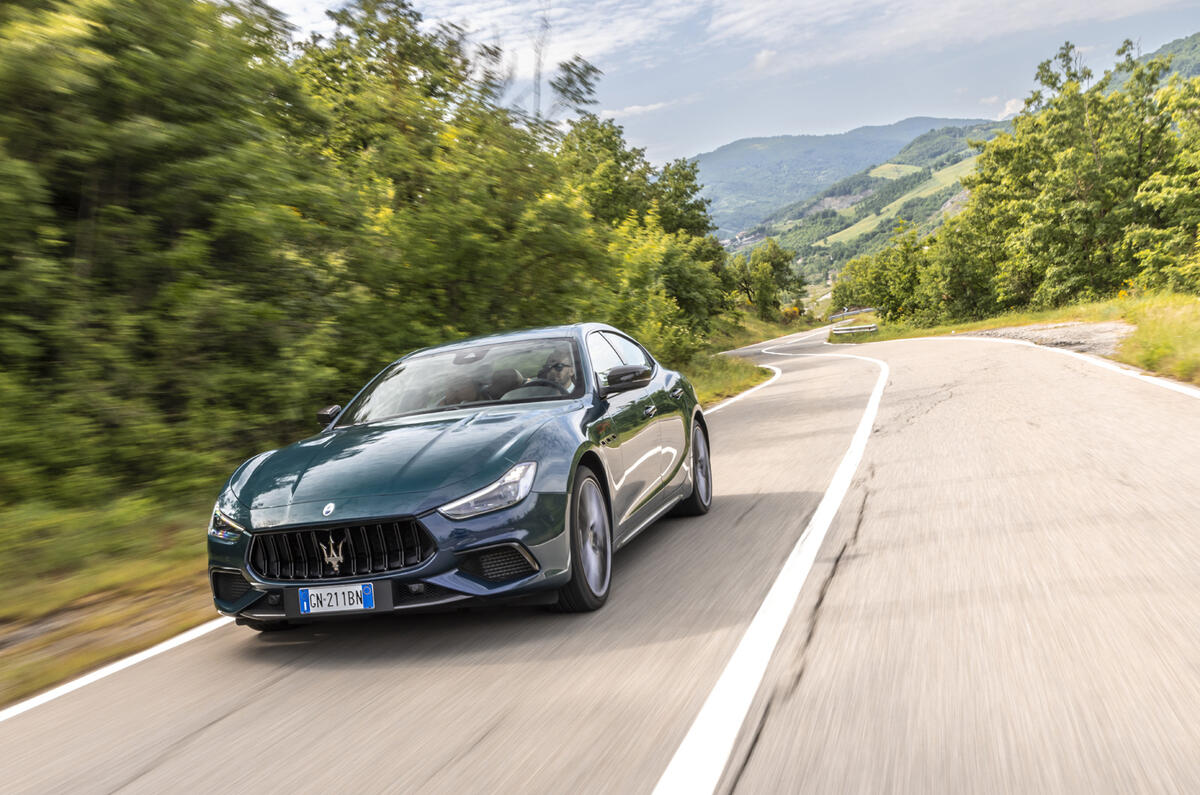

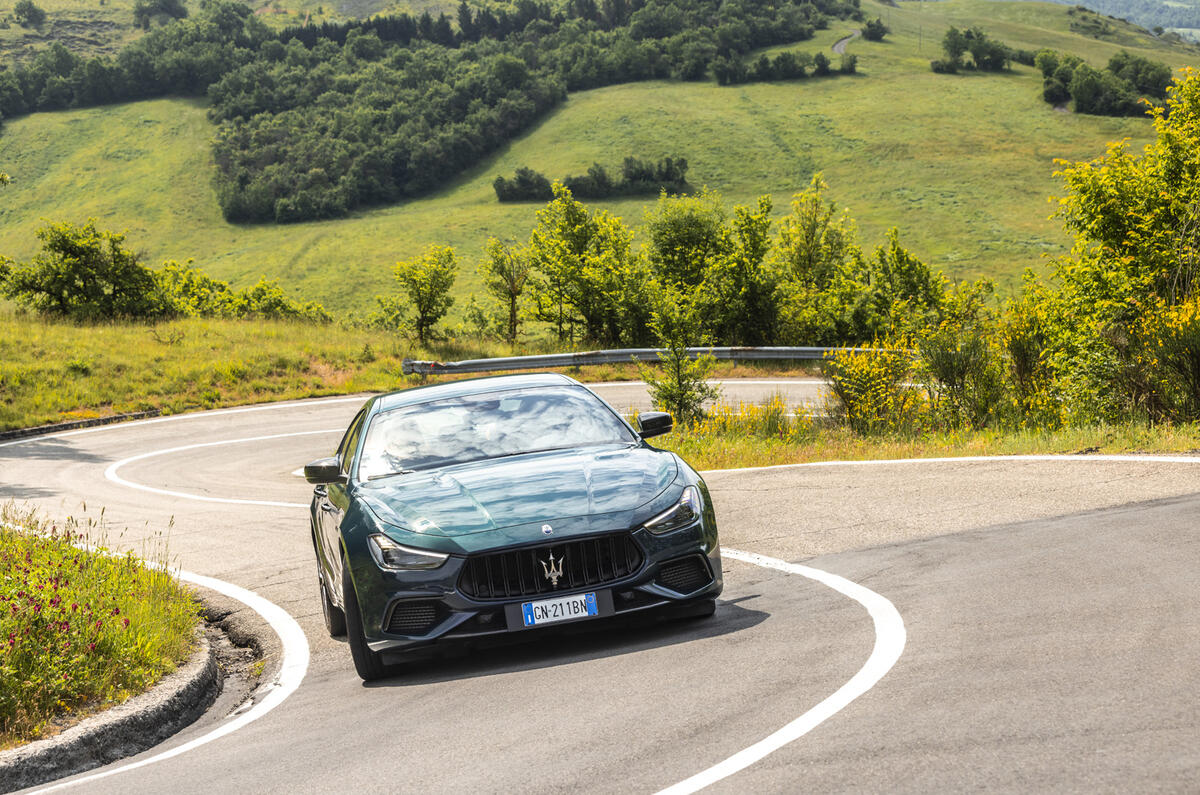
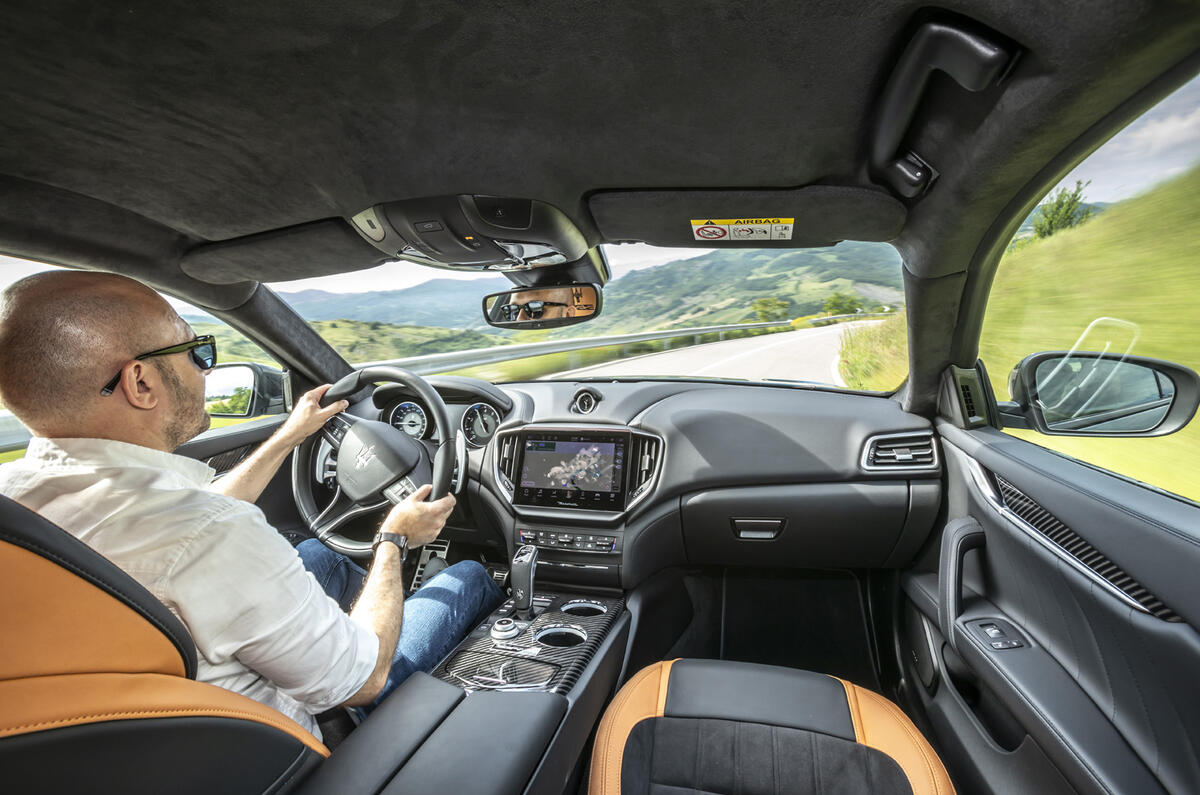


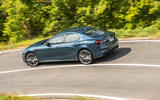









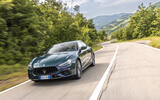









Join the debate
Add your comment
Easily forgetable.